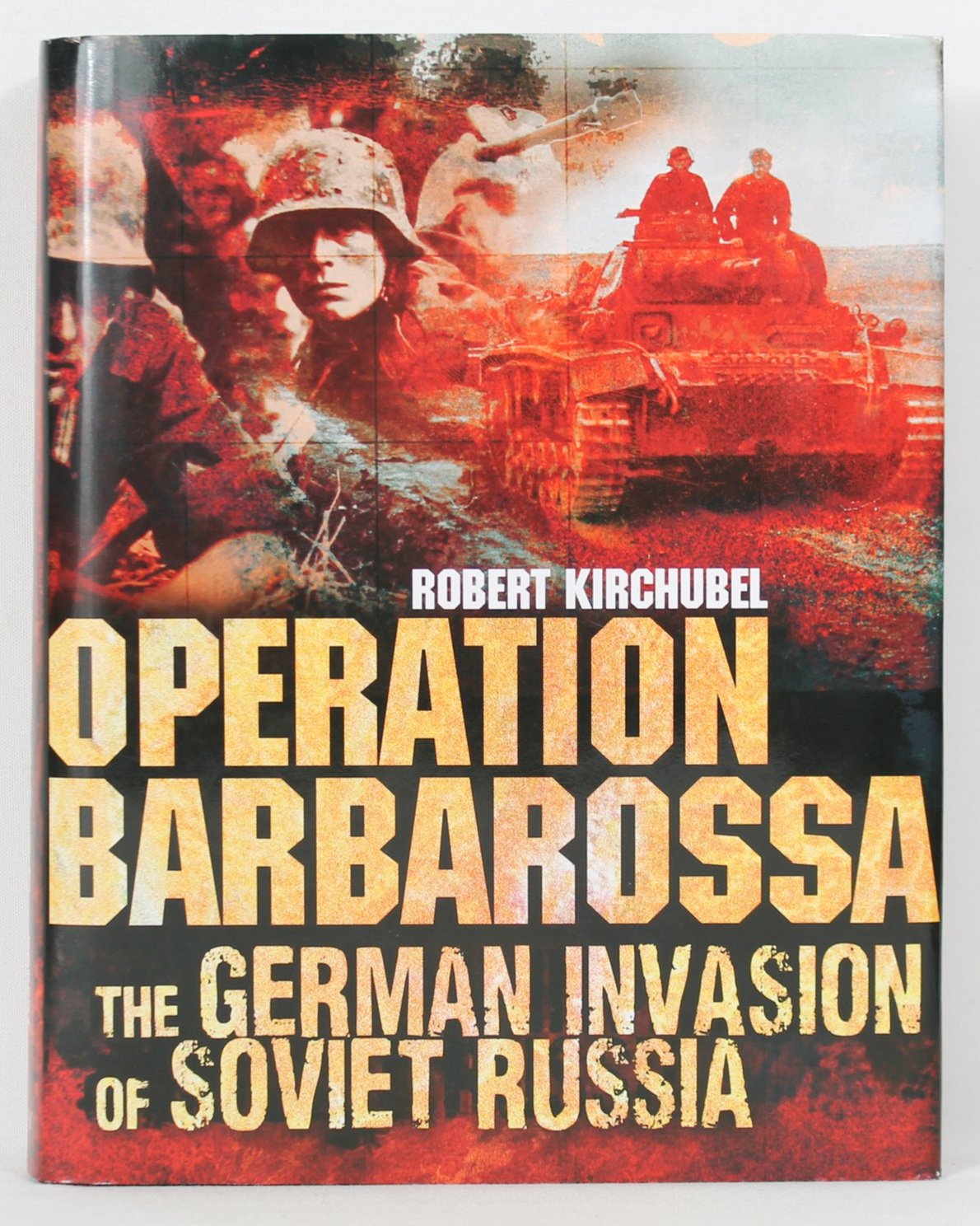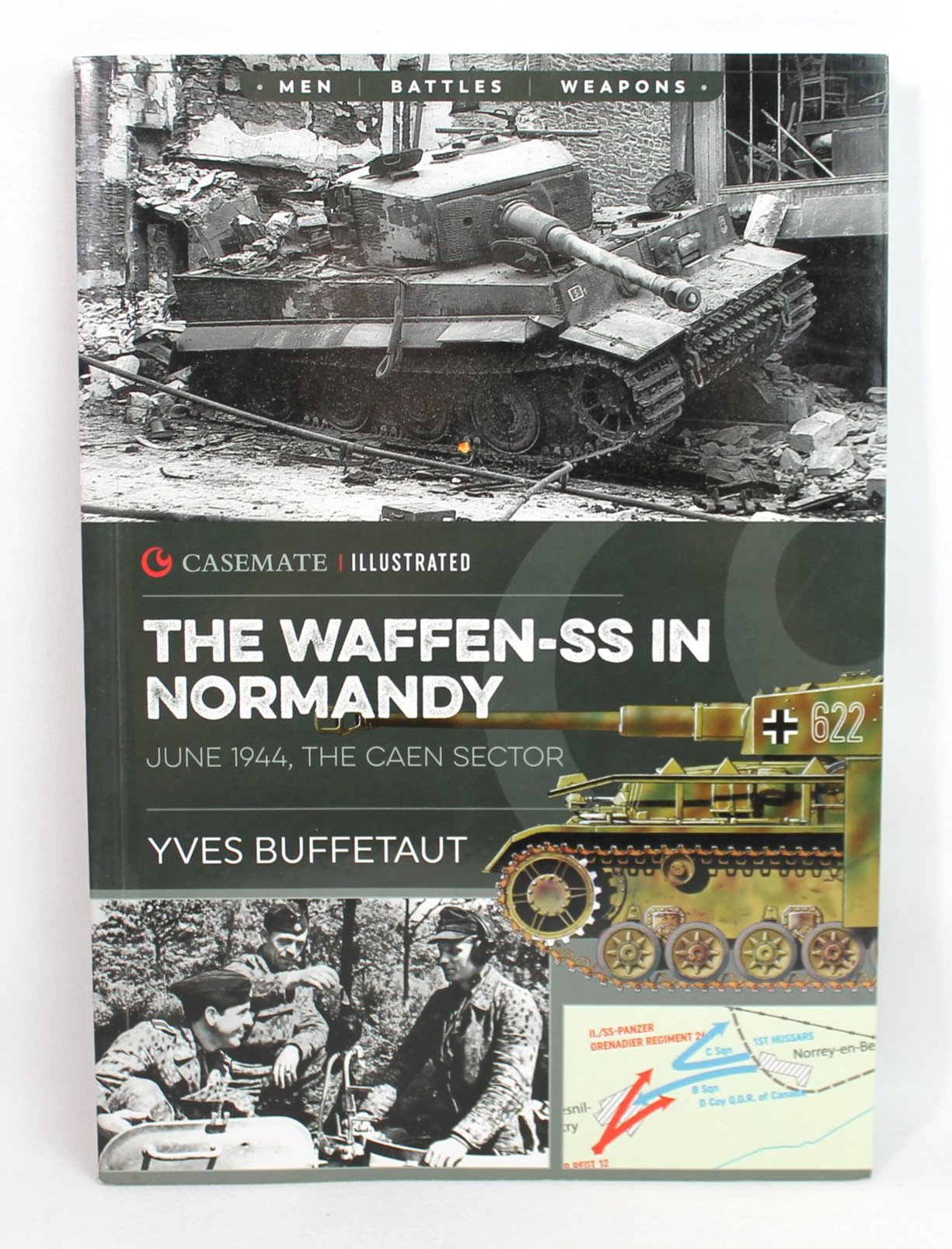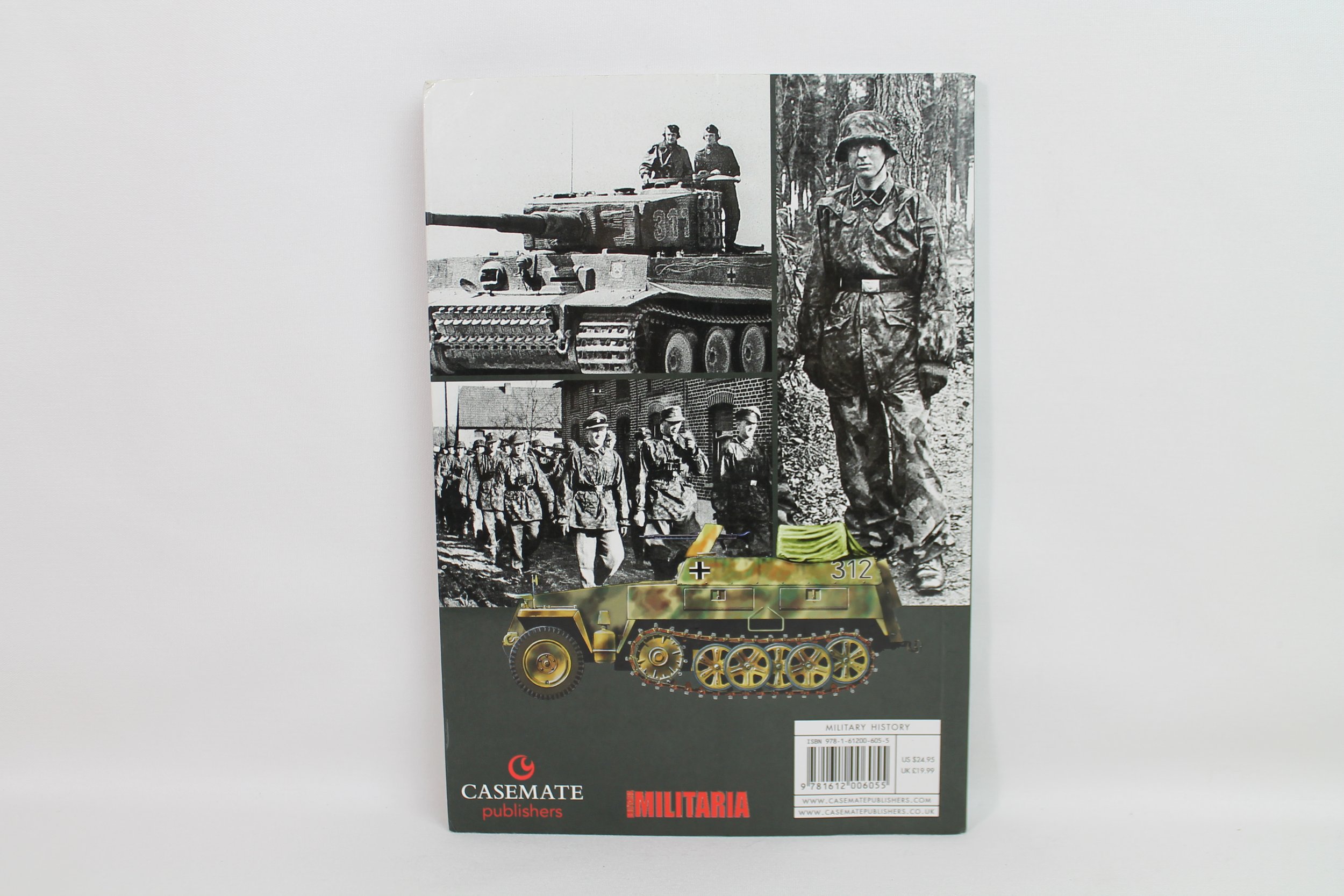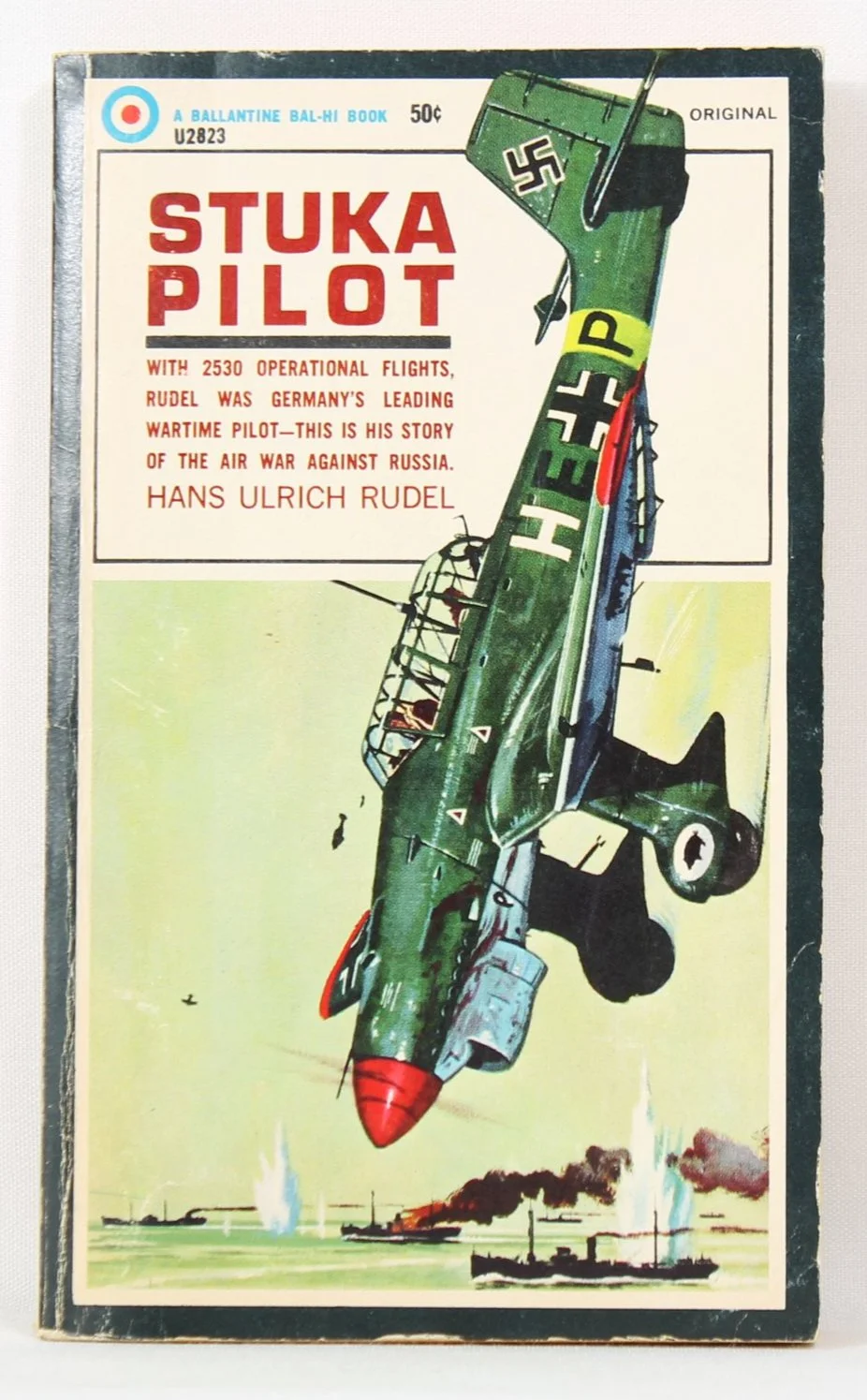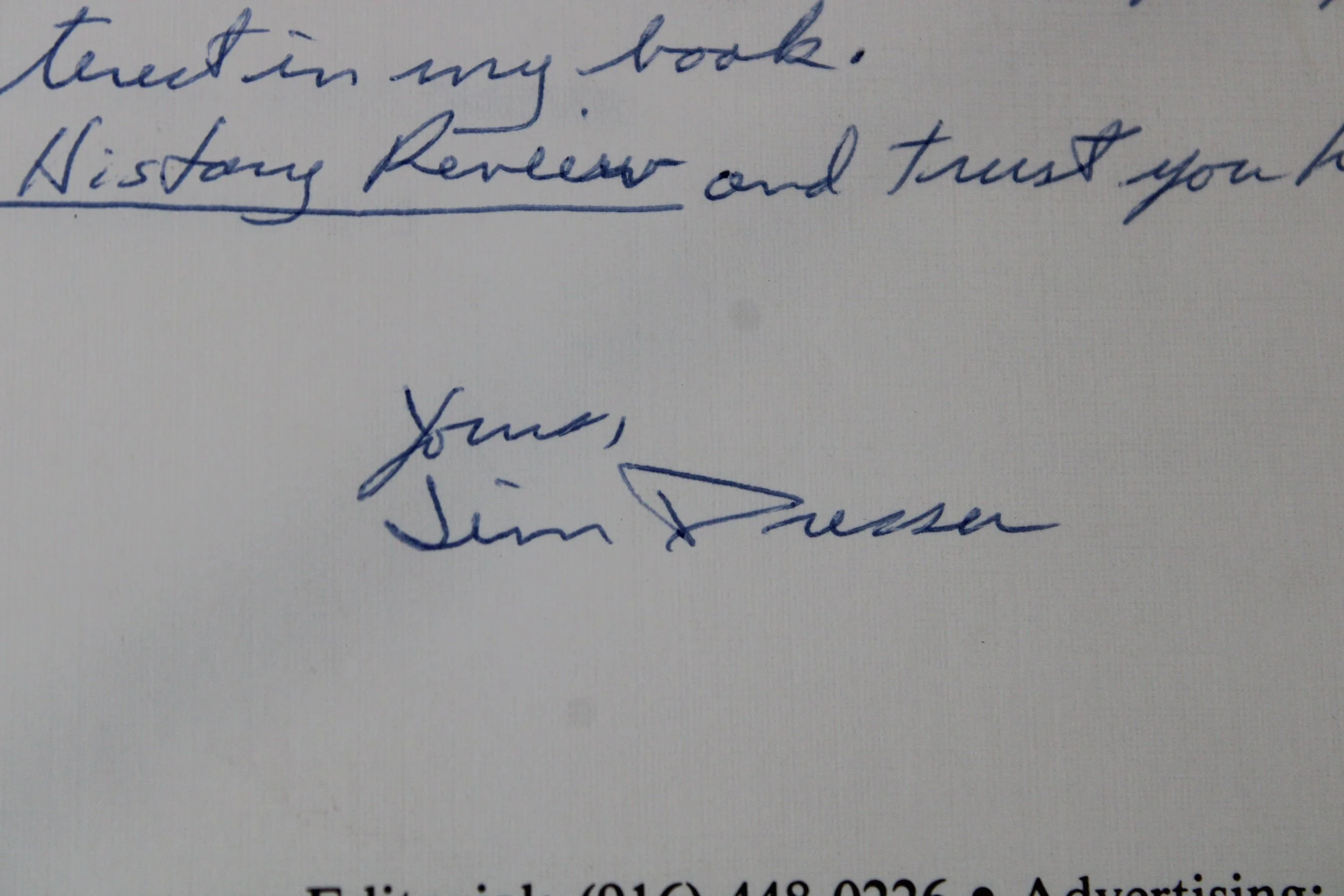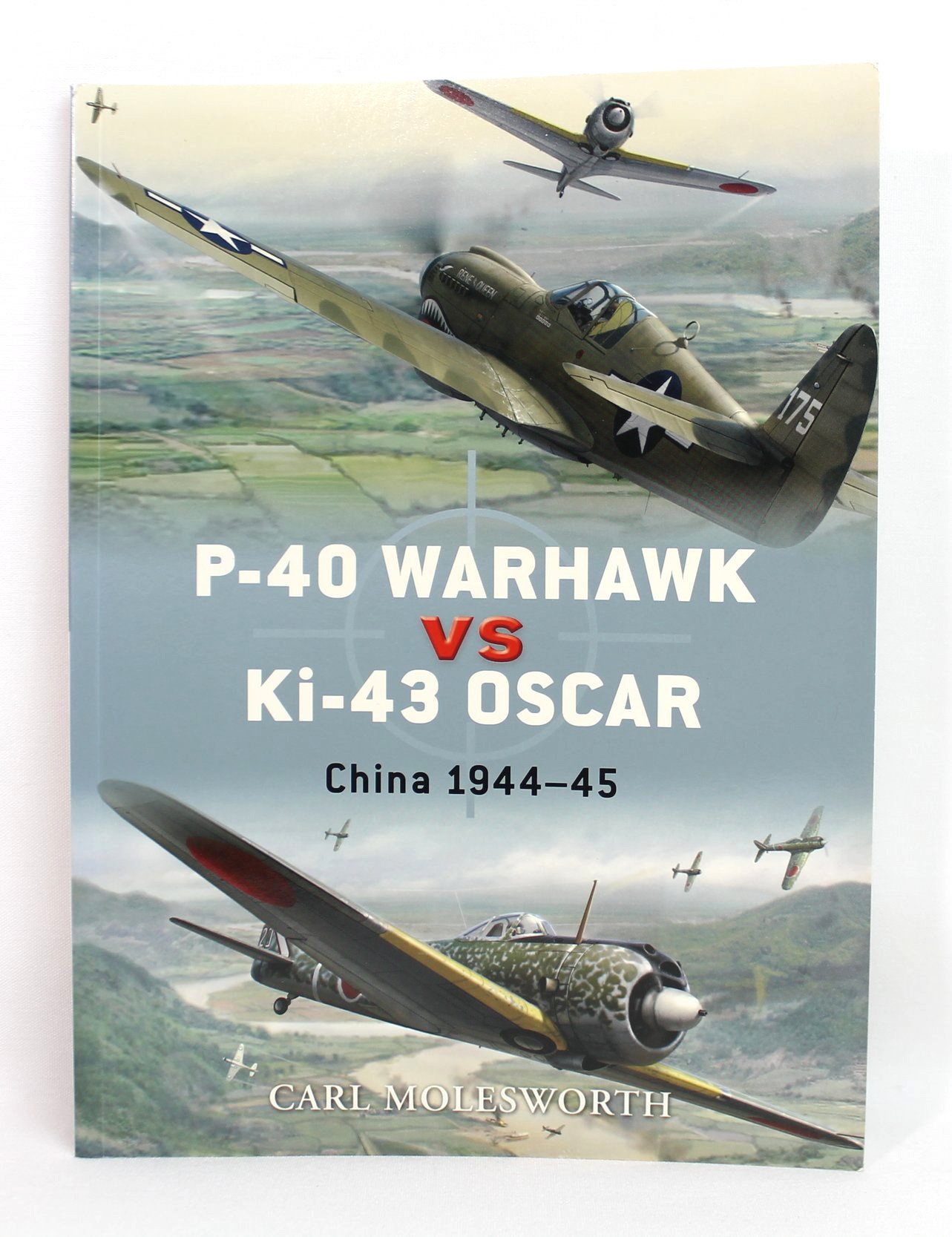 Image 1 of 3
Image 1 of 3

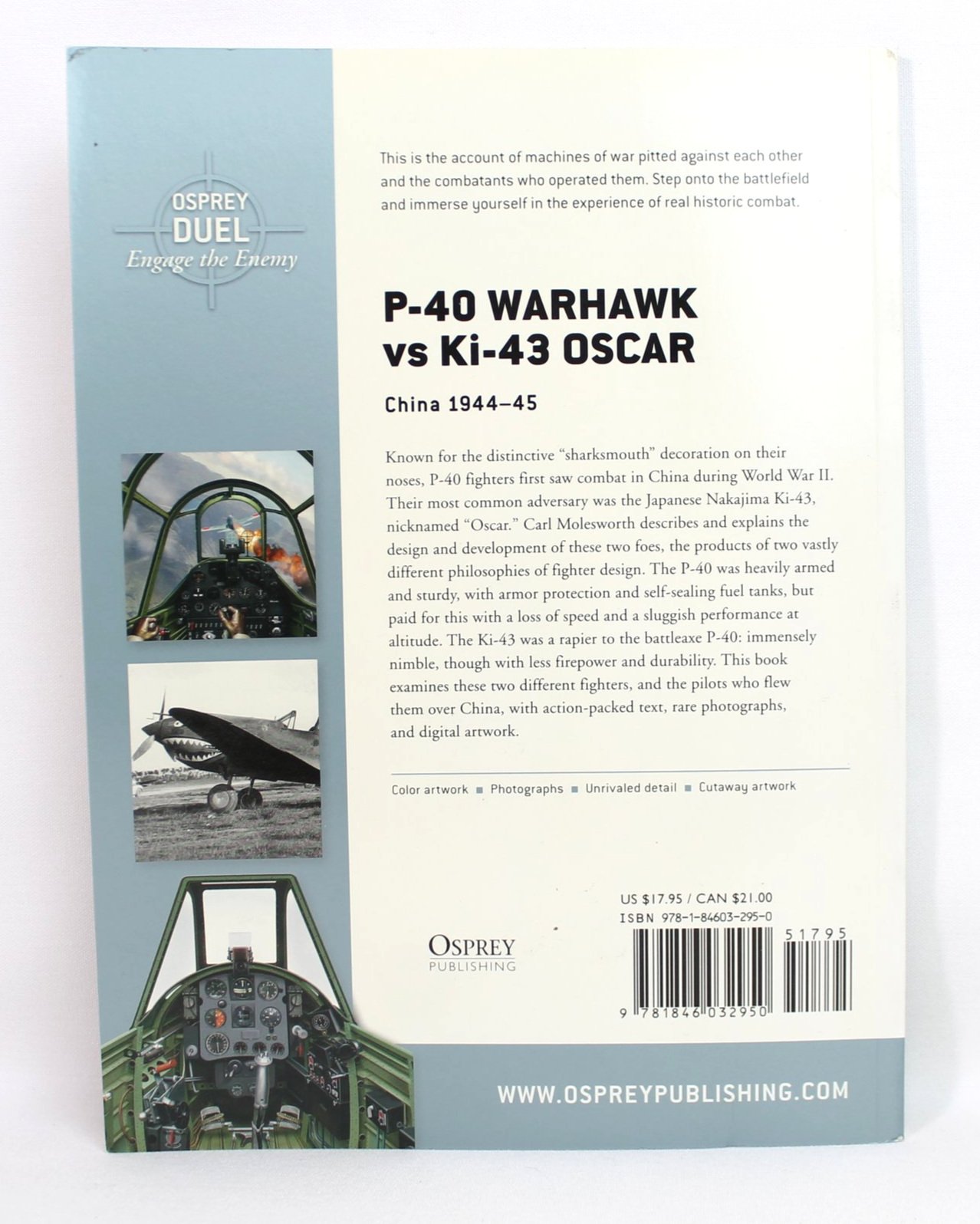 Image 2 of 3
Image 2 of 3

 Image 3 of 3
Image 3 of 3




Duel 8- P-40 Warhawk vs Ki-43 Oscar: China 1944-45 by Carl Molesworth
Known for the distinctive "sharkmouths" decoration on their noses, P-40 fighters first saw combat in China during World War II.Their most common adversary was the Japanese Nakajima Ki-43, nicknamed "Oscar." Carl Molesworth describes and explains the design and development of these two foes, the products of two vastly different philosophies of fighter design. The P-40 was heavily armed and sturdy with armor protection and self-sealing fuel tanks, but paid for this with the loss of speed and a sluggish performance at altitude. The Ki-43 was a rapier to the battleaxe P-40 and the Ki-43 was immensely nimble, though with less firepower and durability. This book examines these two different fighters, and the pilots who flew them over China, with an action-packed text, rare photographs and digital artwork.
This book has 80 pages and is approx. 7-1/4” x 9-3/4”.
Known for the distinctive "sharkmouths" decoration on their noses, P-40 fighters first saw combat in China during World War II.Their most common adversary was the Japanese Nakajima Ki-43, nicknamed "Oscar." Carl Molesworth describes and explains the design and development of these two foes, the products of two vastly different philosophies of fighter design. The P-40 was heavily armed and sturdy with armor protection and self-sealing fuel tanks, but paid for this with the loss of speed and a sluggish performance at altitude. The Ki-43 was a rapier to the battleaxe P-40 and the Ki-43 was immensely nimble, though with less firepower and durability. This book examines these two different fighters, and the pilots who flew them over China, with an action-packed text, rare photographs and digital artwork.
This book has 80 pages and is approx. 7-1/4” x 9-3/4”.

